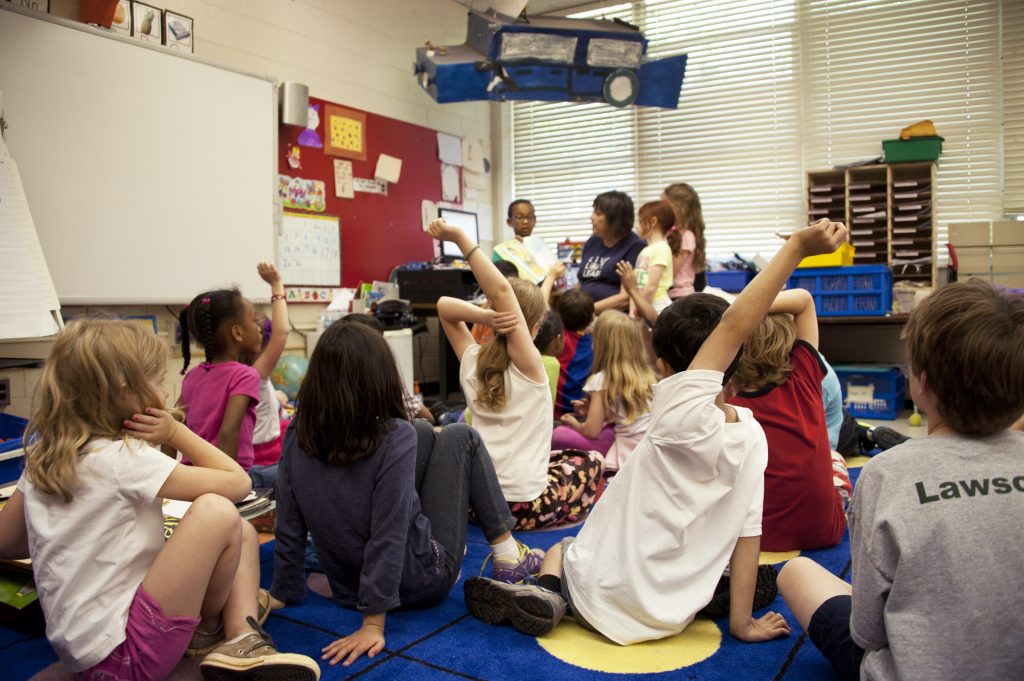As the borders between communities grow fainter, the world grows smaller, and more and more, we encounter people from completely different backgrounds and walks of life from us. In such a climate of diversification, it’s important to have tolerance and understanding towards those around us. The children born today will grow up in a world even more diverse than our own, as people’s movement and intercultural communication become less subject to restriction.
It will perhaps be more important for this generation than before to being well-versed in diversity and tolerance as they grow into the world. The best way to foster a deep and lifelong attitude of tolerance and mutual understanding is to introduce the topic at a young age and make children aware of how to treat the differences between them, their peers, and anyone else they may encounter throughout their lives. Here we’ve put together a guide to providing that all-important diversity definition for kids with a series of educational inclusion activities that you can put to use today!
 The classroom setting
The classroom setting
A classroom setting is a space of education in which children are already open to acquiring new knowledge and ideas that will go on to form the base of their worldview. This makes school one of the best places to raise inclusion, and teachers are encouraged to engage in diverse activities in the classroom. Getting students to turn their focus towards diversity can come in the form of an assignment or paper where students are asked to reflect on other people’s different experiences.
For example, essays on what it’s like to live in other cultures or research life with a disability. This kind of work can increase awareness of different experiences far beyond the classroom walls by encouraging children to engage in online research. Kids asked to write an essay on blindness, just one of many examples can research the topic of blindness free online for their work on diversity. Asking kids to write a reflective essay in which they imagine what it’s like to live with such different conditions is a great way to achieve a sense of empathy and understanding, all while in an educational setting.
At home
Parents at home have the opportunity to introduce diversity activities for elementary students and beyond from the safe space of their own homes. The home is one crucially important space in which children can be exposed to other cultures and sets of experiences. Teaching diversity to preschoolers and young children can be as simple as exposing them to another culture’s film or book. Parents are encouraged to seek out movies and children’s books about accepting differences so that their children may be submerged in such principles both at school and at home.
Exposing your child to samples of stories from different cultures, in which the characters are diverse in their background and abilities, is a simple yet effective way to normalize the broad range of differences between people. Children whose horizons of diversity are broadened by the stories they encounter at home will be more well-equipped to form a sense of tolerance and appreciation for those they encounter throughout their lives.
Out in the world
The search for cultural diversity activity ideas need not be restricted to closed environments such as school and the home. There is a great deal many diversity activities for kids to be found out in the world, both in your local neighbourhood and beyond. In big cities, there’s no shortage of events and spaces that can serve as a great way of exposing children to diversity. Art or music events that celebrate the work of different communities, or showcase cultural products from far away places, is an exciting way of giving children a world tour without ever leaving your hometown.
Even in more rural areas in which parents may not have access to the same wide range of art, music, and cultural events from different communities, there are still many ways you can expose your child to the diversity of the world. Taking a class in a foreign musical instrument or studying a sport with children of different levels of ableness or learning martial art from a faraway land are simple and effective ways of diversifying your child’s cultural horizons. Something as simple as going out for dinner in a restaurant of a culture whose cuisine is unfamiliar is a fun and exciting way of encouraging children to explore and appreciate the different cultures around them.
Not only is it an unavoidable part of life, but humanity’s diversity is also what makes the world so interesting. Encouraging children to value this at a young age will have them sail through their whole lives with an all-important sense of tolerance, inspiration, and appreciation!





